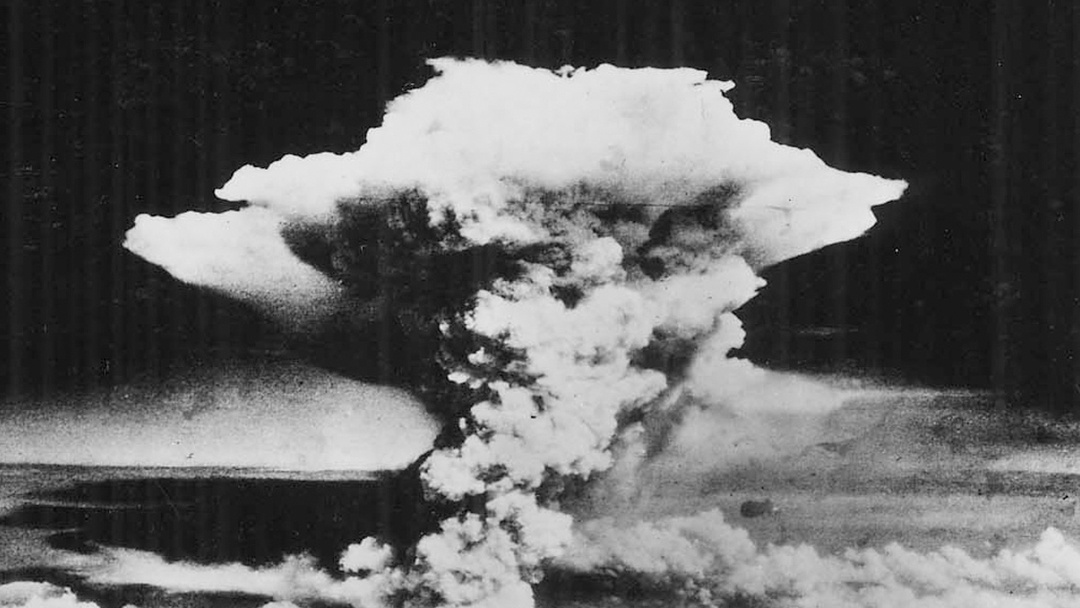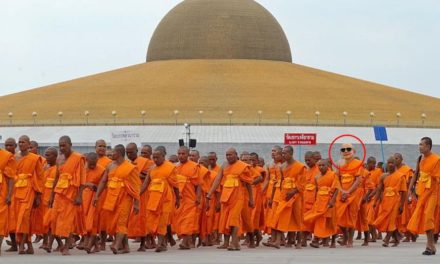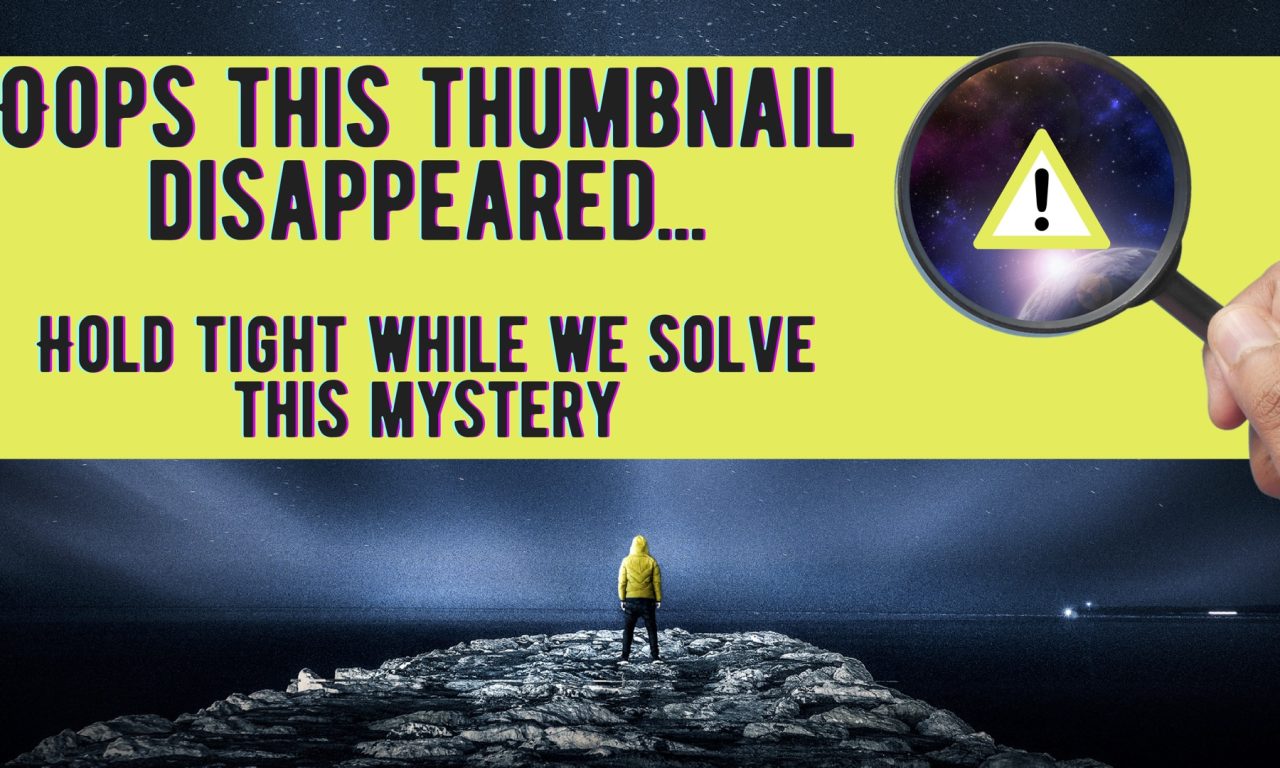It was August 6th, 1945, on a clear-skied morning as the citizens of Hiroshima, Japan went about their everyday business. A single American plan flew overhead, passing by as usual, creating little noise or concern.
Then, at 8:14am, the world as they knew it ended. A massive flash of yellow light so intense burned the vision of those looking at it, blinding them forever. A deafening boom, explosive shock waves the world had never seen, then a giant fireball enveloped the city. Everything in every direction was on fire, wind shot glass and debris were everywhere. Bodies incinerated, communities decimated.
It took 45 seconds from the time the 15-kiloton atomic bomb was dropped from the small plane to detonate. Approximately 70,000 citizens, 30% of Hiroshima’s population, were killed in matter of seconds.
As the last of the World War II Axis powers fighting, the Allies called for Japan to surrender in July 1945, promising to bring “prompt and utter destruction” if refused. When their request was ignored, the U.S. and the UK of the Allied Forces decided to drop the ultra- bomb that had been developed in great secrecy, choosing Hiroshima for its military and industrial targets.
Following the bombing of Hiroshima, the Allies again asked for surrender warning of more destruction, but Japan remained silent. Three days later, on August 9th, a second bomb, equally devastating, dropped on Nagasaki.
After six days of deliberation, Japan officially surrendered unconditionally on August 15th and ended World War II. It is estimated that some 350,000 to 550,000 people died as a result of the two bombings. The exact death toll will never be known as many citizens later perished from the effects of radiation.
Like the annihilated cities, Japan and the United States have managed to overcome their past and rebuild their relationship. However, Hiroshima and Nagasaki loom as heavy history for both countries.
Was a bomb that cost the equivalent of perhaps $100 billion dollars in today’s money destined to be used, no matter what? Were there alternatives to that kind of destruction?












